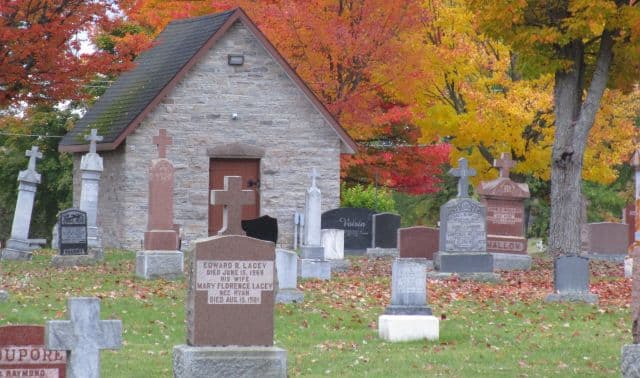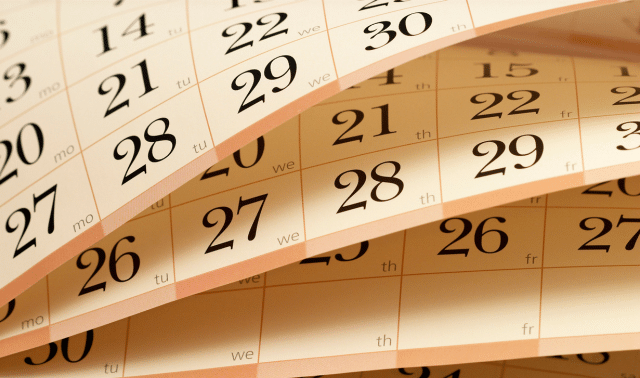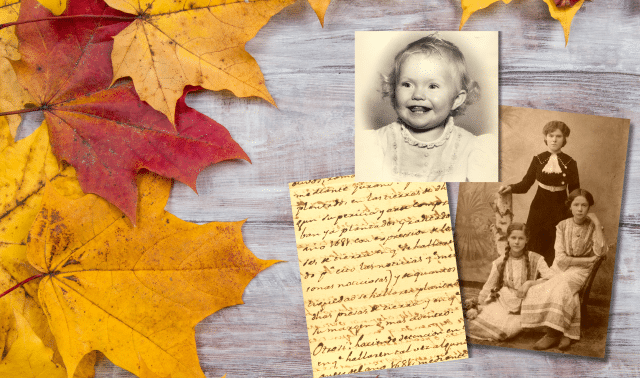Sign up for the Family Tree Newsletter! Plus, you’ll receive our 10 Essential Genealogy Research Forms PDF as a special thank you.
Get Your Free Genealogy Forms
"*" indicates required fields
Take your genealogy research outside! Enjoy the warm summer weather with these projects that are perfect for the backyard, porch or park.
1. Build a Summer Reading List
As adults, we don’t usually get to participate in organized summer reading programs. But you can still kick back with a long-anticipated book at a pool, beach, or local cemetery (see No. 2). Just don’t get sunscreen on its pages!
We’ve got a running list of must-read genealogy books by subject. Some fan-favorites include:
- The Family Tree Toolkit: A Comprehensive Guide to Uncovering Your Ancestry and Researching Genealogy by Kenyatta D. Berry (Skyhorse): This beginner’s guide shows genealogists how to dig deeper into their roots, outlining the basics of US records research, DNA testing and more.
- Organize Your Genealogy: Strategies and Solutions for Every Researcher by Drew Smith (Family Tree Books): Build productive habits, sort through your piles of research, and create an easy-to-maintain organization system.
- The Stranger in My Genes: A Memoir by Bill Griffeth (New England Historic Genealogical Society): Join the author as he discovers via DNA test that his family tree is different than he’d previously thought.
We’ve focused on genealogy books here. But books on general history (see No. 5) and even historical fiction can enhance how you discover and share your family’s story. Sites such as Goodreads are good places to find recommendations. Or you can ask for suggestions from friends and family on social media.
2. Picnic in a Cemetery
Morbid? Sure. But cemeteries are beautiful places. And picnicking there was once much more common than it is today.
According to Atlas Obscura, cemeteries appealed to picnickers in ages past because death was more commonplace for them than it is for us today. With frequent plagues, high infant and maternal mortality rates, and a lack of medical advancements like antibiotics, families had more reason to frequently visit deceased loved ones. A design trend toward “rural” cemeteries that had elaborate gardens and landscaping further encouraged visitors, especially in places that lacked other outdoor common areas (like public parks, which came along in the early 1900s).
Give other mourners space, and try to keep your voice at a reasonable volume. Respect the grounds, too, by picking up all your trash and taking care not to disturb any flowers, hedges or tombstones. If you’re in the mood, take a minute to carefully clean up some tombstones.
3. Revisit Your Research Goals
By the end of June, we’ll be halfway through the calendar year. Take a look at the goals you set, likely in January. What progress have you made? Are the goals you initially set still appropriate, or have you realized you need to change course in your research?
It’s okay to pivot your focus if your goals no longer suits you. We on the Family Tree staff set annual goals as part of our performance review process, but we always check in halfway through the year to re-evaluate them. If a goal isn’t as important as it was six months ago, we strike it. There’s no sense in wasting your time on unnecessary tasks!
4. Look for Naturalization Records
Flag Day celebrates the adoption of the US flag in 1777. Did your immigrant ancestor swear fealty to it as part of a naturalization ceremony?
Not all immigrants eventually became US citizens, nor was naturalization ever required. Still, many immigrants took the time to naturalize. Look for evidence of naturalization in documents like federal censuses (1870, 1900–1940), passenger lists, and passport applications.
Records from the naturalization process can provide invaluable information:
- Declaration of intention: The applicant renounces the immigrant’s allegiance to foreign governments and provides some basic information about his country of birth and arrival to the United States. These are also called “first papers.”
- Petition for naturalization: After waiting a set time period and meeting residency requirements, an immigrant filed a set of “second papers.” These include more biographical details, including information on any spouse and children. Note that some immigrants may have filed just a declaration of intention and never proceeded further.
- Certificate of naturalization: This largely ceremonial document contains the new citizen’s name and issue date. The government didn’t keep copies of these certificates, but they’re often found in family papers.
Note that the naturalization process changed in 1906, when the federal government took charge of its administration. Prior to that year, naturalization papers could be filed in any court. But after 1906, papers had to be filed in federal court, and officials used more-standardized (and, generally, more-detailed) forms.
5. Read About Social History
Consider adding some books on history to your reading list. Though they won’t contain mention of your specific ancestor, they’ll provide important contextual information about the place and time they lived in. And they might make you aware of important events, boundary changes and socioeconomic factors that affect record creation and access.
Lisa Lisson, blogger behind “Are You My Cousin?” highlights several questions that social history can help you answer:
- Why did your ancestors make the decisions they did?
- Why did they migrate to another state?
- Why did those great-great-grandparents cross the state or county border to get married?
- Why did that great-grandfather choose to work in that occupation?
- What did a Monday morning in May of 1890 look like for your ancestor?
Social history also helps you better understand the present. June marks both Juneteenth and Pride Month. Find books on African American and LGBTQ+ history, respectively, to commemorate them.
Related Reads
Last updated: May 2025
FamilyTreeMagazine.com is a participant in the Genealogical Publishing Co. Affiliate and Amazon Services LLC Associates Program, affiliate advertising programs designed to provide a means for site to earn advertising fees by advertising and linking to affiliated websites.











